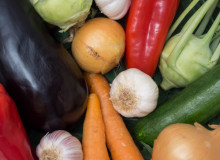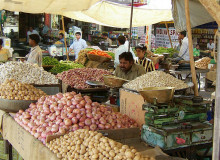sustainable agriculture
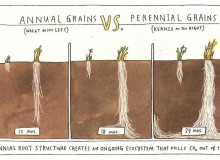
Standard annual grain roots vs. perennial grain roots of the Kernza grain. (The Land Institute/CC-BY-NC-ND)
Michigan State University
Perennial grains will change the agriculture landscape as we know it and take us one huge step closer to halting climate change.
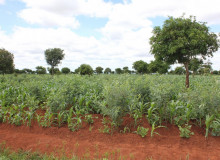
Agroecology in practice: One of Moses Kansanga's agroecology projects in Malawi studies the local practice of intercropping cereal crops and legumes to better understand ecological synergies and how they can be leveraged to increase productivity while supporting healthy local ecosystems and communities. (Moses Kansanga)
Planet Forward Correspondent | George Washington University
Understanding agroecology as a framework to include ecological and social justice frameworks in agriculture, with professor of Geography and International Affairs, Moses Kansanga, Ph.D.
George Washington University
In this short documentary, Planet Forward Comcast Sustainable Storytelling Fellow Jennifer Cuyuch highlights Plantita Power, an organization that provides healthy food options for the D.C. QTBIPOC community.
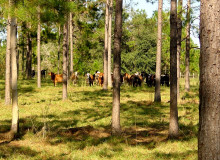
Cattle graze in silvopasture (Photo courtesy of The National Agroforestry Center/ https://creativecommons.org/licenses/by/2.0/?ref=ccsearch&atype=rich).
Planet Forward FAO Fellow | Franklin & Marshall College
Sustainable agriculture has an accessibility problem. One Virginia farmer has a vision to solve it.
The University of Wisconsin-Madison
Old Mason jars filled with heritage corn and tins of commercial tobacco are what planted the initial idea for the Goldman Lab’s Inter-Tribal Seed Stewardship Initiative.
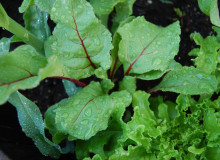
(Kevin Krejci/https://creativecommons.org/licenses/by/2.0/)
Franklin & Marshall College
In Washington D.C., urban agriculture organizations are finding innovative methods to provide food access to Black residents and inspire systemic change.
The University of Wisconsin-Madison
A University of Wisconsin-Madison program for beginning dairy and livestock farmers is teaching sustainable agricultural practices, which can both help students find an economic niche and benefit the environment.
Planet Forward Correspondent | SUNY-ESF
As we aim toward sustainable, more accessible agricultural practices, community supported agriculture (CSA) continues to grow. This fictional story offers insight to the beginning of the movement.
Planet Forward Correspondent | University of Mississippi
Mississippi is a contradiction of limited local food access in a state with deep agricultural roots. How can we solve this uniquely American problem, and what can we learn from other countries?
University of Wisconsin Madison
Industrial agriculture is a huge contributor to greenhouse gas emissions and now, more than ever, people are exploring alternative food cultivation systems such as hydroponics to offset the damage done by industrial agriculture.

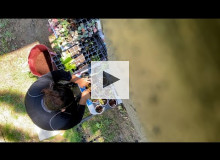
_0.jpg%3Fitok=NCsEOErG)
